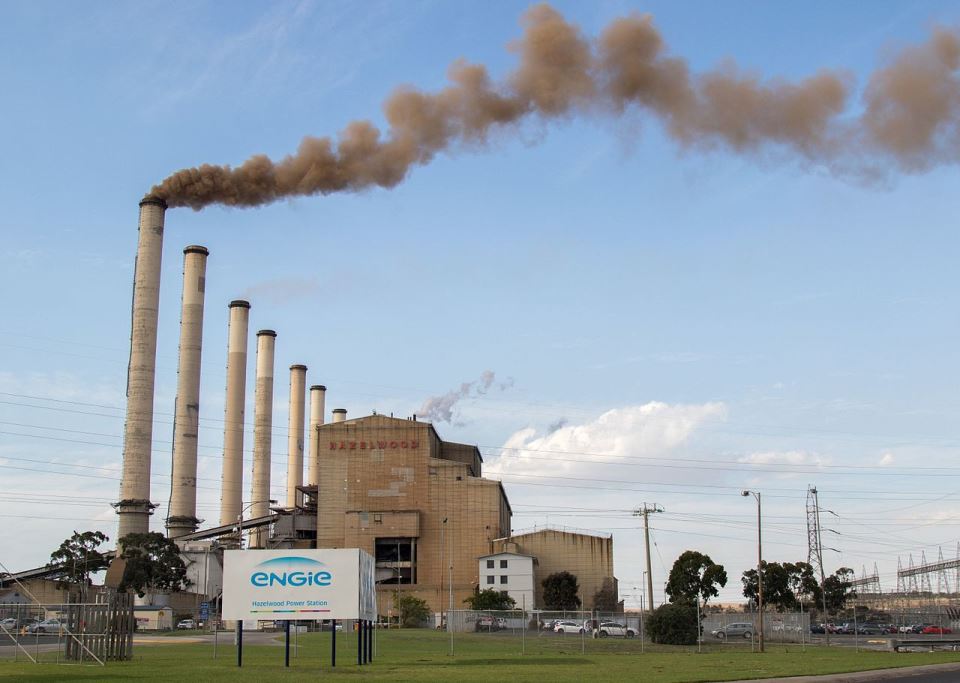Australia plans to plant 1 billion trees by 2030. Australia is plagued by extreme heat and drought, and forest fires. Animals in this climate die, their numbers go to thousands. Australia is about to meet the objectives set by the Paris Agreement.
An Australian plantation with nearly two million hectares has not grown in the last 10 years. It currently occupies 0.25 percent of the Australian mainland. More than 75 percent of Australia’s plantation forests are privately owned.

Currently, Australia produces approximately 500 million tons of carbon dioxide per year.
1 billion trees, which will cover 400,000 hectares, should reduce carbon dioxide emissions about 18,000 tons per year.
This target does not include 70 million trees planted each year as a substitute for harvesting on Australian plantations.
Coal Is the Main Issue
The largest amount of carbon emissions comes from agriculture and transport. The coal industry is widespread in all states of Australia. The main customer of Australian coal is East Asia, about 75% of the total production. The Australian government does not intend to abandon this natural profit. Coal provides 70% of the country’s electricity production.

“Green” Benefits
The fact that trees retain moisture and, last but not least, provide natural resources, is another advantage of the planned step by the Australian government. However, a tremendous plus is that a billion new trees will create 18,000 new jobs by 2029.
Trees eliminate carbon dioxide by photosynthesis. Although planted trees will greatly help reduce carbon dioxide, this is not enough. Maybe in the future Australia will join the very innovative “green roofs” invented by pioneers in the UK.
Source: http://www.trueactivist.com/australia-is-planting-a-total-of-1-billion-trees-by-2050-for-climate-change-regulations-t1/, http://www.agriculture.gov.au/forestry/publications/growing-better-australia
Credit: maxpixel.net, pixabay.com, wikipedia.org















